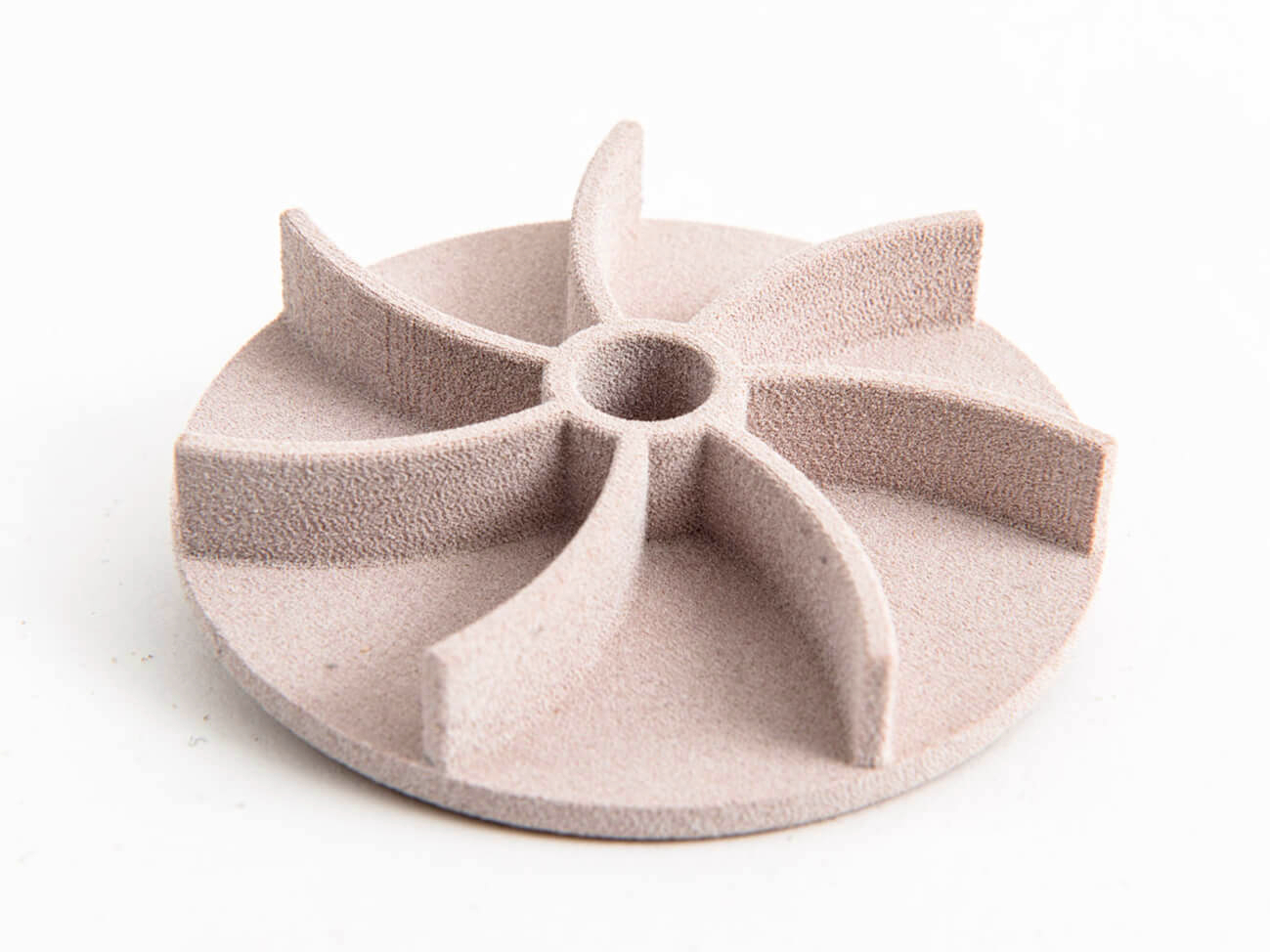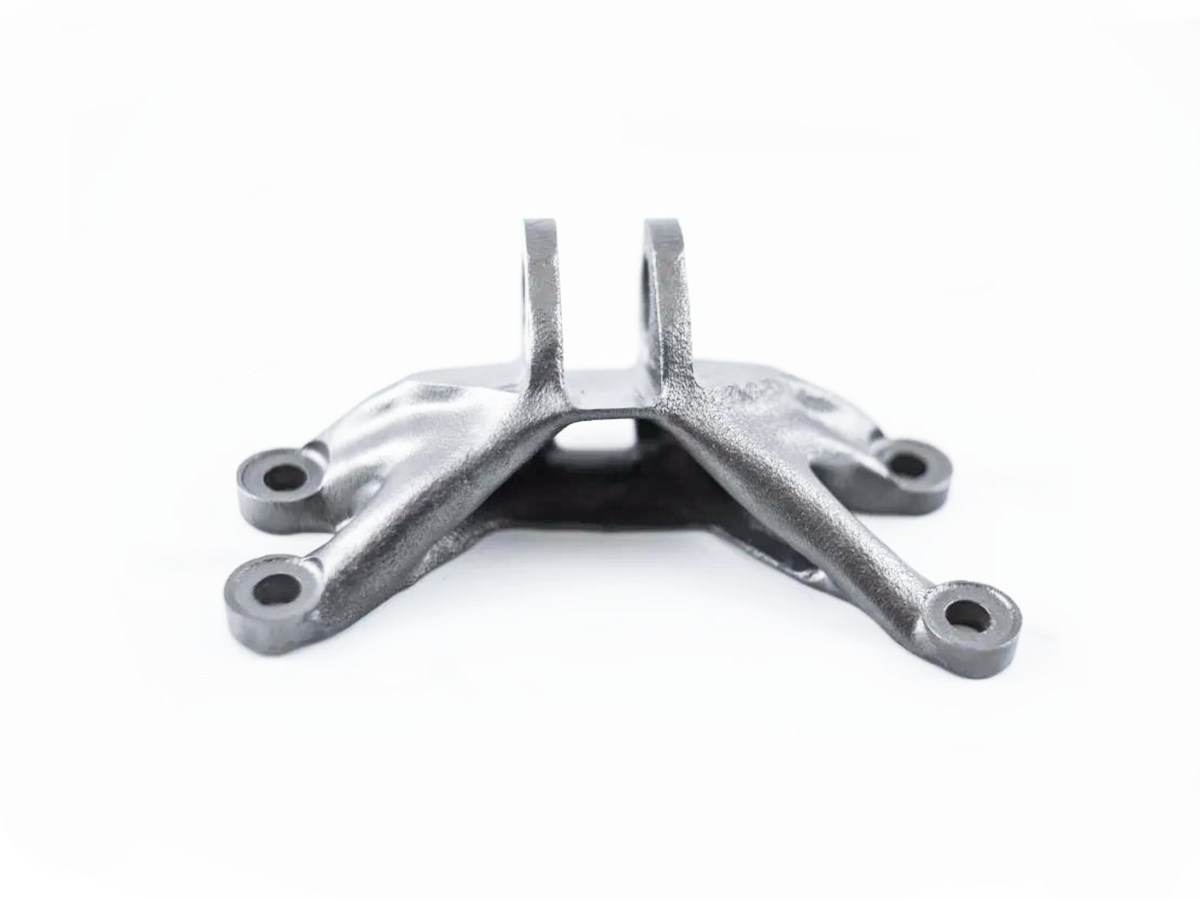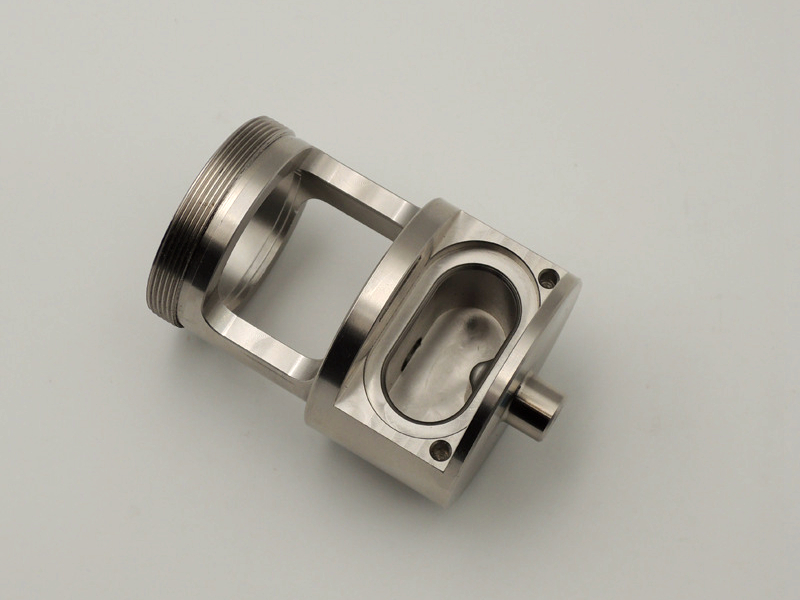Which post-processing is recommended for Inconel parts?
From a manufacturing and engineering standpoint, post-processing is not merely a finishing step for Inconel parts but a critical series of operations that define their structural integrity, dimensional accuracy, and service life. The recommended post-processing sequence is tailored to the manufacturing method—whether the part is wrought and machined or additively manufactured via DMLS—and its intended application in sectors like aerospace, medical, or oil and gas.
Stage 1: Stress Management and Initial Treatment
Stress Relief Heat Treatment: This is the paramount first step, especially for DMLS parts or complex CNC machined components. It relieves the internal stresses locked in during the manufacturing process, preventing distortion or cracking during subsequent machining or service. For machined parts, this is often performed after roughing operations.
Hot Isostatic Pressing (HIP): For DMLS-produced Inconel parts, HIP is non-negotiable for mission-critical applications. This process subjects the part to high temperature and isostatic gas pressure, effectively closing internal micro-porosity, healing voids, and improving fatigue life and fracture toughness. It is a cornerstone of qualifying parts for aerospace engines.
Stage 2: Support Removal and Shaping
Support Structure Removal: DMLS parts require careful removal from the build plate, typically using Wire EDM for a precise, stress-free cut. Residual support structures are then removed manually or via vibratory finishing.
Solution Annealing and Aging: For precipitation-hardenable alloys like Inconel 718, a specific heat treatment cycle is essential. Solution annealing dissolves secondary phases into the matrix, and aging precipitates them out as fine, strengthening particles (like γ' and γ''), achieving the required high-temperature mechanical properties.
Stage 3: Precision Machining and Finishing
CNC Machining to Final Dimensions: Due to Inconel's work-hardening nature and low thermal conductivity, achieving final tolerances requires specialized precision machining expertise. Processes like CNC milling and CNC turning use rigid machines, sharp carbide or ceramic tooling, and high-pressure coolant to generate clean, accurate features and an as-machined surface finish suitable for many interfaces.
Abrasive and Electrochemical Finishing:
Grinding: Used for achieving very tight tolerances and superior surface finishes on flat or cylindrical surfaces.
EDM (Electrical Discharge Machining): Ideal for creating intricate features or hard-to-reach geometries that are challenging for conventional cutting tools.
Electropolishing: This process uses an electrochemical solution to uniformly remove a thin layer of surface material, deburring, micro-polishing, and enhancing corrosion resistance by leaving a clean, passive oxide layer.
Stage 4: Surface Enhancement and Cleaning
Abrasive Blasting: Sandblasting or bead blasting with appropriate media creates a uniform matte finish, cleans the surface, and can induce beneficial compressive surface stresses.
Passivation: Although Inconel naturally forms a protective oxide layer, a controlled passivation process using an nitric acid solution ensures the complete removal of free iron contaminants and optimizes the corrosion-resistant passive film.
Vibratory or Tumbling Deburring: Tumbling is highly effective for radiusing edges, removing micro-burrs from machined features, and improving the overall surface feel, which is critical for medical devices.
Stage 5: Applied Coatings for Specialized Requirements
Thermal Barrier Coatings (TBCs): For components in hot sections of turbines, thermal barrier coatings are applied to insulate the part from extreme temperatures.
Wear-Resistant Coatings: Processes like PVD Coating can be used to deposit a thin, extremely hard ceramic layer on the surface, drastically improving wear and galling resistance for moving components.
Stage 6: Quality Verification and Certification
Dimensional Inspection: Final parts are rigorously inspected using CMMs and other advanced metrology to verify conformance to all design tolerances.
Non-Destructive Testing (NDT): Techniques such as dye penetrant inspection (PT) or radiography (X-ray) are employed to detect surface or sub-surface defects.
Material Certification: A full traceability package, including chemical composition and mechanical property reports from witness coupons, is provided to meet the stringent requirements of industries like aerospace and medical.
Recommended Post-Processing Sequence Summary
Manufacturing Route | Recommended Post-Processing Sequence |
|---|---|
DMLS / Additive Manufacturing | Stress Relief → HIP → Support Removal (Wire EDM) → Solution & Aging Heat Treatment → CNC Machining → Abrasive Blasting → Electropolishing/Passivation → NDT & Inspection |
CNC Machining (from Wrought Stock) | Rough Machining → Stress Relief → Finish Machining → Solution & Aging Heat Treatment → Grinding/EDM (if needed) → Tumbling/Deburring → Passivation → Inspection |



